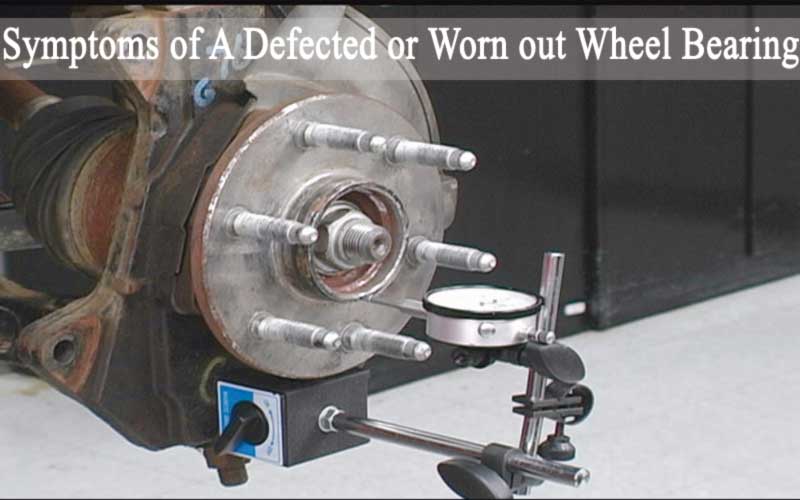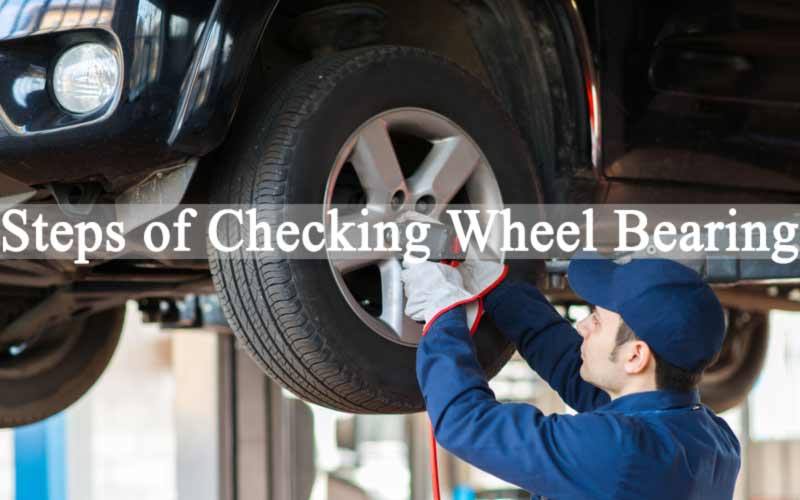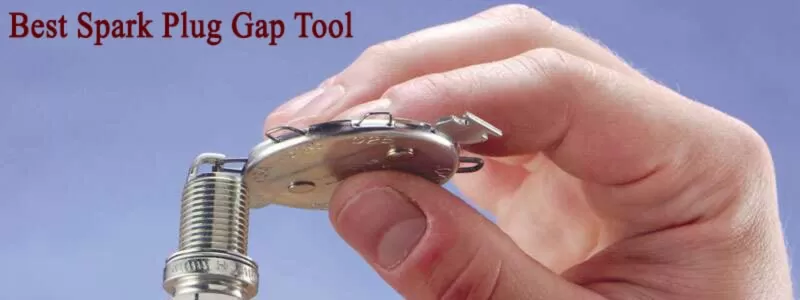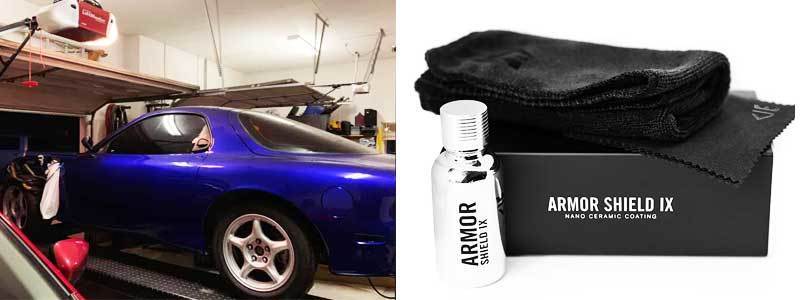How to Check Wheel Bearing | Step by Step Guide
This article is about checking wheel bearing. Wheel bearing basically serves as a support to the wheels of a vehicle. Mainly it helps to rotate the wheels and also holds the weight of the whiles.
The very basic question about wheel bearing is how long it lasts.
It varies from one type of bearing to another but still, it is said that the wheel bearings have an efficiency around 150,000 miles but if you do not do the adjustments right or there gets any alien object in-between or even loss of grease also can lower the lifespan of the bearing.
Normally most of the drivers get to about the faults of their wheels bearing by the noise it produces more like clicking or grinding sounds.
Symptoms of a Defected or Worn out Wheel Bearing
The fact is that the symptoms will vary from each other regarding the severity of the problem and for this certain problems can be very hard to detect where certain problems can be very easy.

Symptoms of a Defected or Worn out Wheel Bearing
These types of problems can be very much varied with different driving conditions and also with different installation practices.
The most classic or easy-going process of detecting the problem is definitely noise. Downwards certain signs of a defective or worn out wheel bearing are given bellow:
1. Snapping or Clicking Sounds:
These types of snapping or clicking sounds are produced when there is any problem in the CV-joint.
If the CV-joint is damaged in the outer side then these types of snapping or clicking sounds can be produced. Sometimes there also can be a popping sound.
There also can be another reason for these types of sounds. You can also relate these with excessive endplay bearing problems. You will get to hear these sounds when your vehicle is taking sharp turns or even cornering.
2. Producing Grinding Sounds:
You have to keep this in your mind that this grinding sound should be produced when the vehicle is in motion.
This type of grinding sound mainly suggests that there can be possible mechanical damage in the system of the wheel-end. As it is a wheel-end problem it is definitely related to the bearing.
This type of problem in the bearing mainly suggests that there is a loss of integrity which can be more likely a damaged rollway or raceway. And this grinding sound is typically produced when the vehicle is turning or shifting the load.
3. Producing Knocking or Clunking Sounds:
This knocking or clunking sound basically indicates that in the vehicle there can be a chance of excessive play in the CV-joints or U-joints.
There also can be other reasons like backlash in the gear differentials which can produce these kinds of noises. Mostly this is not said to be associated with bearing problems but yet sometimes it has a valid connection with the bearing.
This sound can be produced while shifting and also can be produced while changing directions like from forward to backward or reverse etc.
4. Producing Humming or Rumbling Sounds:
This humming or rumbling sound has a huge association with tire or wheel related problems more likely if there are any drivetrain components in it or electrical defects.
Sometimes there is also a growling type sound is present. But if the sound has anything related to the bearing then the sound or the vibration will be present while driving the vehicle in a straight line but the sound increases with changing the steering wheel left or right.
To figure out the problem you have to look for the side with the humming because the side opposite of the rumble is the defective part.
5. Producing Vibration in the Wheel:
Vibration of the wheel is mainly connected with tire problems and also damaged wheels. Having suspension components or even having any serious misalignments in the chassis can be counted for the vibration of the wheel.
But if this vibration has something to do with the bearing then one should keep in mind that there could be lost in the cramp and the bearing might be very seriously damaged.
With vibration, there can be also some wobbling sounds and this can also indicate that the lug nuts are not properly at the place.
6. Producing Vibration at Constant Speed:
When a vehicle normally producing vibration this mainly indicates having problems in the suspension components. The vibration also has a shuddering or shimmy type sound in it.
Sometimes if the tire gets a bit out of balance or if it gets out of round then vibration at a constant speed will be a very common symptom of it.
This basic symptom most likely not seen to have a connection with problems in the bearing or hub. But yet sometimes it can have a connection with the bearing.
7. Breaks and Abnormal Side Pulls:
When the breaks are used side pulls will start acting abnormally. This is basically a sign of having some defects in the caliper system or the equalizer.
But a vehicle with troublesome breaks or rotors can also show the symptoms of having abnormal side pulls. But if the symptom has any connection with the bearing then one has to keep in mind that there may be some looseness in the bearings that can end up causing serious runout which can cause all this abnormality of side pulls.
A warped rotor can also be responsible for all this because a rotor like this will not let the caliper to retrace.
8. Problems in the Rotor or the Brake Pad:
Having a worn-out brake or a defective (uneven) rotor is mainly connected with problems in the caliper or the equalizer but mostly a worn out brake or an uneven rotor has nothing to do with the bearing problems.
But an excessive runout caused by serious loosening of the bearing sometimes causes problems in the rotor or the brake pads. But still bearing is not a very common cause for it.
But the most common problem is a warped rotor with a caliper falling to retrace.
9. Abnormality in the Tire Wear:
Abnormity in tire wear can be caused by many reasons. This abnormity can be uneven tire wear.
The very common and basic reasons are having damaged or defective suspension components, misalignment in the system, not having proper inflation or tire selection and insertion.
Though this failure is mainly related to other system failures but this abnormality in the tire wear can also be caused by defects in the bearings.
A loosening bearing or an extremely worn out bearing can be very much responsible for the abnormality in the tire wear.
10. Failure in the ABS ( Internal or External to the Bearing):
This can be pointed out as an extreme case. And in this case, extreme endplay and its movements can result in damaging the external and the internal sensors. And this mainly signals that there is some loosening in bearing.
Having a mechanical break or damage in the area is mainly responsible for this kind of failure. Sensor damaging can also have other causes like corrosion, stones in the system, or other dysfunction in the system.
How to Check Wheel Bearing
Sometimes the owner needs to check the bearing for changing or repacking purposes. One will find bearings basically in pairs. These pairs will come in Internal and external pairs.

Steps of Checking Wheel Bearing
The basic duty of a wheel bearing is to give the freedom to the wheel for turning easily for thousands of miles. And these bearings works as a barrier for the wheels and stops in getting contact with the spindle.
And for keeping all these turning frictionless the bearings have a partner called grease. But the grease has a tendency of catching dust, dirt, and other pollutants sometimes also metal particles.
In checking and repacking the wheel bearings one should keep in mind that the work is a bit complicated and it should be done professionally. This is because repackable are only in non-driving wheels.
For example, if your vehicle is a front wheel driving car then the repackable bearings are in the rear wheels and if the vehicle is a rear wheel driving vehicle then the repackable bearings will be in the front wheels.
The driving wheels have mainly sealed bearings. As a result, it is always about the non driving wheels. And the four wheel driving vehicles have a very different and more complicated bearing system. As a result, those should be handled by professionals.
Steps of Checking Wheel Bearing:
The steps of checking wheel bearing are given bellow :
1. Jack the Rear Wheel Up:
You have to check the manual instructions of the vehicle and follow the steps to jack up the car. In this process, you will need a car jack to go through the whole process.
2. Holding the Wheel:
The second step is to hold the wheel. You have to hold the wheel in 12 o’clock position with your one hand and then use the other hand to hold it in 6 o’clock position.
3. Rotating the Tire:
The third step is about rotating the tire. You have to rotate the tire in the counter clock manner. While you rotate your wheels you have to see if there are any unusual sounds or noises like humming, rumblings, grinding, or vibration then it is a sign of bearings being damaged or defective.
4. Rocking the Tire:
The fourth step is regarding rocking the tire. While you are holding the wheel with one hand in twelve o’clock position and another is at six o’clock you have to rock the tire. The speed of rocking the tire should be very minimal because if you use more speed then you can damage the wheel accessories.
5. After Inspection:
The last step comes after inspecting the wheel bearings properly. After checking the bearings, you have to put everything as before. You have to again use the car jack to lower the jack and after putting everything like before you have to take your car for servicing it properly.
6. Work Tip
The basic work tip for checking the wheel bearing is that if one of the wheel bearings has any defect you have check the other three remaining wheels too because most of the time other wheels too need replacements.
7. Work Warning
If any owner goes through symptoms given above like certain sounds or humming then what a car owner should do is to go through proper inspection of the wheel bearing and change the bearings. You should not wait for it because the longer you will wait the more it will get worse.
Final Thoughts
As we now know that wheel bearing is very important regarding the wheels. They are the reason you don’t always have to drive in a straight line rather you can take turns. This happens because the bearings allow the wheels to move freely and also the bearings also act as a separating tool for it from the frame it sits on.
Most of the regular manufacturing companies make bearing to run for 1.5 lac miles but bearings have grease and grease attracts dust, pollution, metal particles and for this the bearings get dull and for this, you need to replace them. Sometimes the irresponsible working while putting the bearings also starts problems regarding the bearings.
Damaged and defective bearing give symptoms through which one finds curiosity to inspect the bearings. Certain sounds like humming, grinding, snapping, or clicking are very common symptoms of a defective bearing. There are also other symptoms for this but most commonly drivers get the idea through these sounds.
Once you are getting certain symptoms you should go for inspecting the bearings. The checking process is not very easy and you should take help from a professional or try to work according to any manual script.
Once you detect a faulty bearing you definitely should go for changing or replacing. For replacing you should go to a car expert or to the mechanic because changing or replacing wheel bearings is a very complicated job.



